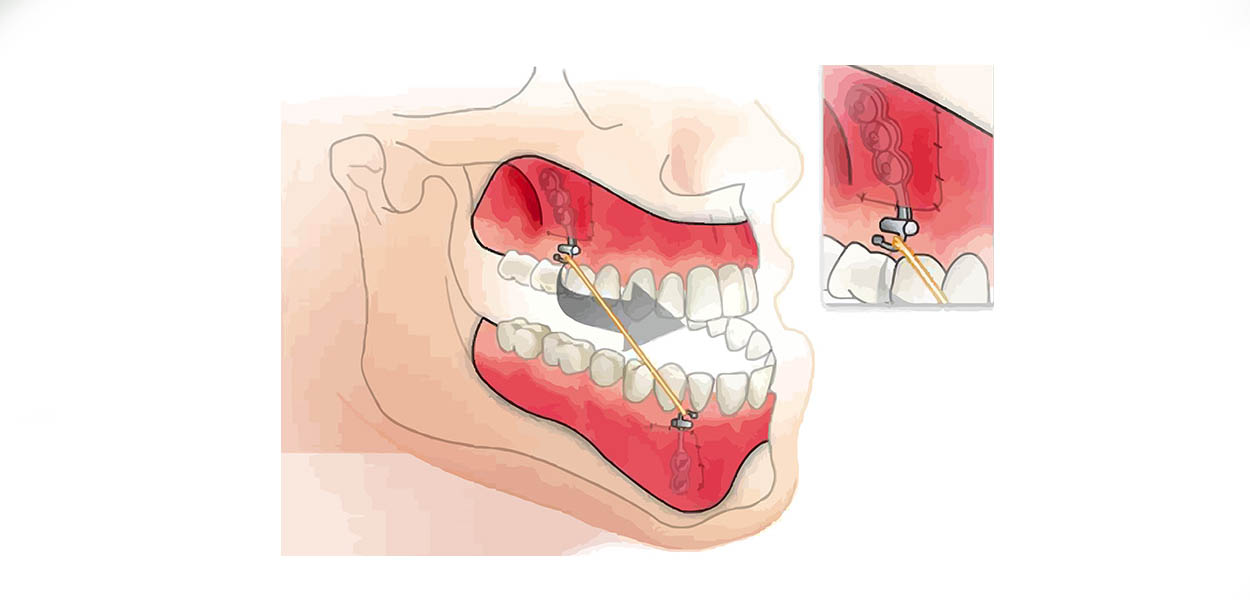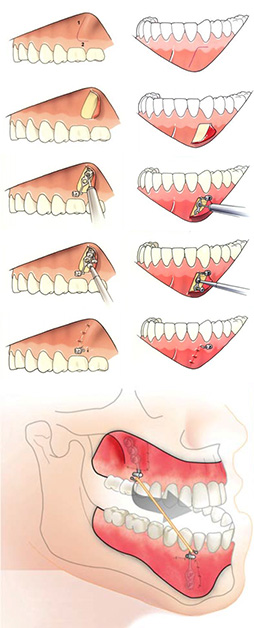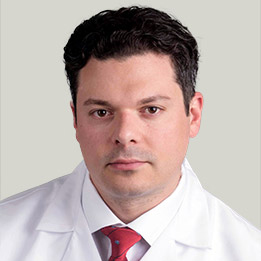What Are Bollard Miniplates?

Some orthodontic patients present very severe deformities that require more extensive work than just braces treatment to correct. But under the expert care of Dr. Michael Stosich, no matter how extensive your malocclusion may be, there is an excellent treatment option waiting for you to give you the smile of your dreams.
 “Using state of the art technology and treatment options, we can treat severe malocclusions better than ever before,” says Dr. Michael Stosich, a Kenilworth orthodontist. “For some patients, we need to create a large amount of tooth movement, so we use devices that allow us to better leverage tooth movement. Bollard miniplates are one such treatment option that provides excellent results.”
“Using state of the art technology and treatment options, we can treat severe malocclusions better than ever before,” says Dr. Michael Stosich, a Kenilworth orthodontist. “For some patients, we need to create a large amount of tooth movement, so we use devices that allow us to better leverage tooth movement. Bollard miniplates are one such treatment option that provides excellent results.”
The Bollard miniplate plays an important role in orthodontic treatment. The simple explanation is that it is an implant placed to provide anchorage, and then removed once the desired movement is reached.
When moving teeth, the laws of motion come into play – for every action, there is an equal and opposite reaction. Orthodontists must take this into account when planning treatment, and temporary anchorage devices such as the Bollard miniplate allow for just that.
The Bollard miniplates can help better position the teeth much faster, and are often used in alternative to headgear and in conjunction with braces. An additional benefit is that, in certain cases, Bollard miniplates can help with bony position as well as dental, thereby improving the facial profile.
Bollard miniplates consist of a two or three hole titanium miniplate, a round connecting bar, and a cylinder shaped fixation unit. Titanium screws will be used to fix the miniplate in place.
Miniplates can be placed in the cheekbone, the nasal bones of the upper jaw, or in the lower jaw in either the canine region or molar region.
 To place the miniplates, your orthodontist will work in conjunction with a surgeon. Dr. Michael Stosich works with renowned craniofacial surgeon, Dr. Russell Reid, to ensure proper placement of the miniplates to provide the best tooth movement possible.
To place the miniplates, your orthodontist will work in conjunction with a surgeon. Dr. Michael Stosich works with renowned craniofacial surgeon, Dr. Russell Reid, to ensure proper placement of the miniplates to provide the best tooth movement possible.
The procedure can take place under local anesthesia, but in some cases may require intravenous sedation or general anesthesia. It will take approximately 3-4 weeks for the mouth to heal, during which time you will rinse with an antiseptic mouthwash and will need to pay close attention to cleaning around the bone plate.
“Moving teeth is an art and a science that requires careful planning and unique expertise,” says Dr. Stosich. “To properly move the teeth, and ensure only the misaligned teeth are the ones to move, we have to create anchorage points. A Bollard miniplate is a non-movable device that we strategically place in the mouth to allow forces to be applied to move the teeth that need to be moved, without compromising the positions of teeth that don’t require movement. Once they’ve done their job, we simply remove them.”
Placing the Bollard miniplates requires the expertise and experience of both orthodontist and surgeon – the orthodontist will have the best understanding of where to place the plate, while the surgeon will have the unique knowledge of how to place it.
Bollard miniplates are becoming an ever increasing and needed tool in orthodontic treatment because they allow for more accurate and predictable tooth movement.
Raw Bollard Miniplates images are courtesy of:
http://www.ntvt.nl/
http://www.tita-link.com/


